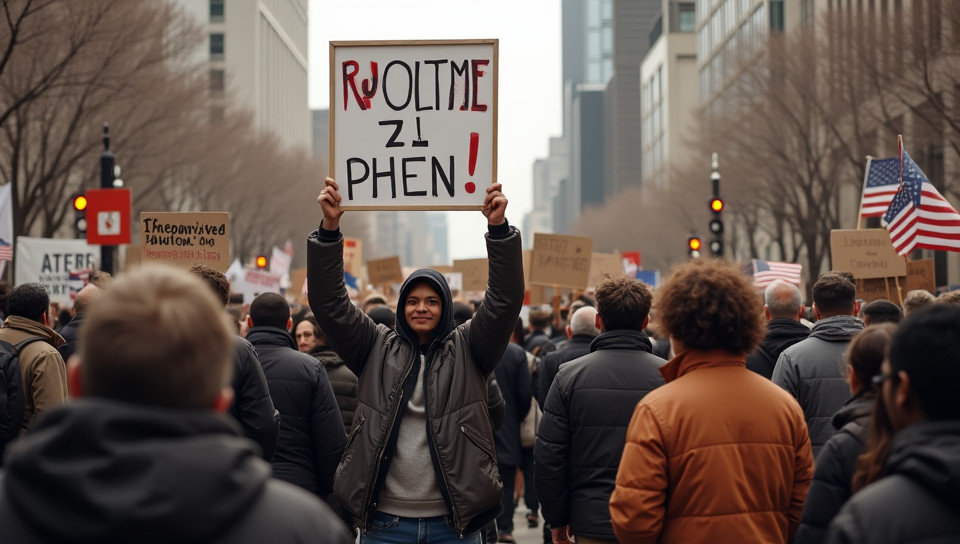Activists have employed boycotts and sit-ins in protest movements 25%

The Power of Resistance: How Boycotts and Sit-ins Shape Protest Movements
In recent years, protests and social movements have become increasingly visible, sparking conversations around the world about justice, equality, and human rights. At the heart of these movements are ordinary people who come together to challenge systems of oppression and advocate for change. Among the tactics employed by activists, boycotts and sit-ins stand out as powerful tools in the fight for freedom.
The History of Boycotts
Boycotts have been used throughout history to bring attention to social injustices and pressure governments and corporations to make changes. One notable example is the Montgomery Bus Boycott, which took place in Alabama from 1955 to 1956. After Rosa Parks was arrested for refusing to give up her seat on a bus, African Americans in Montgomery organized a boycott of the city's buses, sparking a wave of protests that eventually led to the desegregation of public transportation.
The Impact of Sit-ins
Sit-ins are a form of nonviolent protest where individuals occupy a space, often a public building or business, to draw attention to their cause. One notable example is the Greensboro sit-in, which took place in North Carolina in 1960. Four African American college students sat down at a lunch counter and refused to leave until they were served, sparking a wave of sit-ins across the country that helped to bring an end to segregation.
The Role of Boycotts and Sit-ins Today
Today, boycotts and sit-ins continue to be used by activists around the world. From the anti-apartheid movement in South Africa to the Occupy Wall Street protests in the United States, these tactics have proven effective in bringing attention to social injustices and pushing for change.
- Some notable examples of modern-day boycotts include:
- The Boycott, Divestment, Sanctions (BDS) movement against Israel's occupation of Palestine
- The consumer boycotts of companies that support or benefit from oppressive regimes
- The labor boycotts to improve working conditions and fight for workers' rights
Conclusion
Boycotts and sit-ins are powerful tools in the fight for social justice. By using these tactics, activists can bring attention to their cause, build momentum for change, and inspire others to take action. As we move forward in this ever-changing world, it is essential that we continue to use our collective voice to demand a more just and equitable society for all.
- Created by: Ezekiel Domingo
- Created at: Sept. 12, 2024, 9:48 p.m.
- ID: 9265








